
Introduction and overview
The original Chromecast (2013), was a near-perfect companion device. Compact, reliable, easy to set up and super-cheap, it converted thousands to the benefit of connecting the internet to a big screen TV effortlessly.
It was (and still is) a near-perfect device. And yet somehow, the team at Google managed to find a way to improve it with the second-gen release.
The most obvious change is aesthetic. The previous Chromecast was a slightly chunky HDMI stick, that plugged into one of your TV’s spare HDMI ports and was never seen again (unless you decided to take it with you travelling).
The new Chromecast is a shiny disc of wireless wonder, that comes complete with a longer (but not too long!) HDMI cable. This allows the streaming dongle to be plugged in to tight HDMI ports a lot easier.
If you do decide to unplug the new Chromecast for travel, that cable will also magnetically attach to the disc for easier transportation.
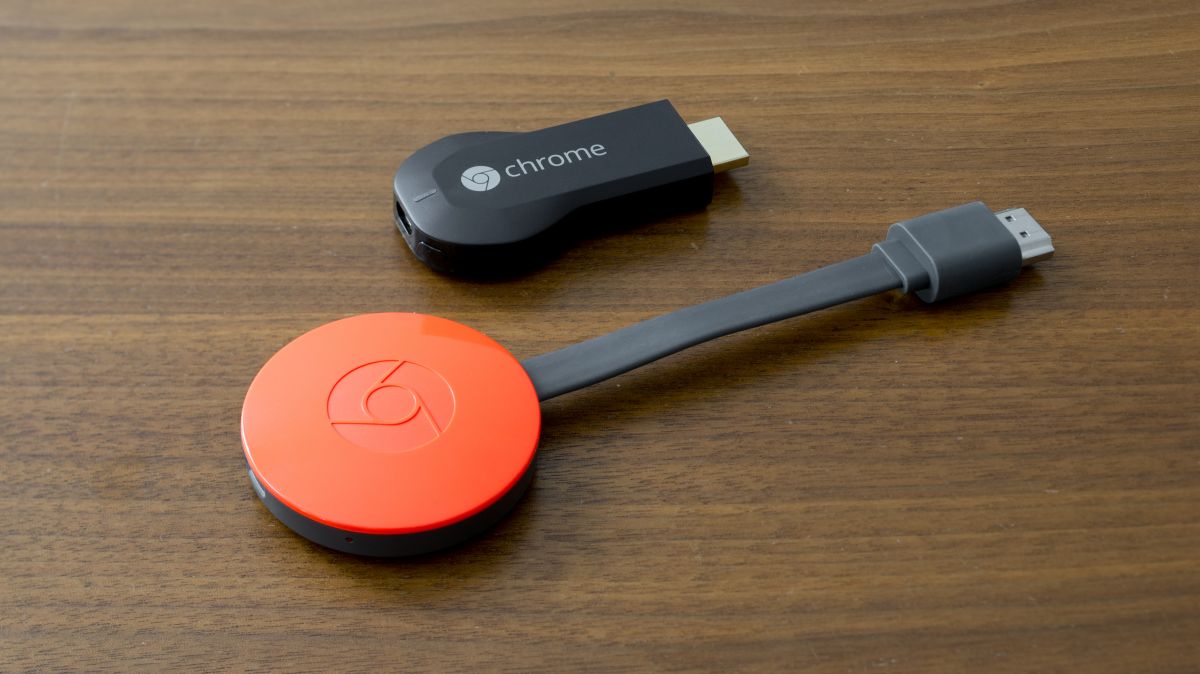
So, is the new Chromecast just a simple design upgrade, or is there more going on under the hood? We’ll go into more detail below, but the answer is definitely the latter – Google has refined the Chromecast experience to make it faster and simpler than it already was, which is saying something.
In fact, I can comfortably say that this is the best streaming device on the market, and your home would benefit from its inclusion in your home theatre.
But before we get into the details of exactly why this device is worth every cent, let’s look back at the story of how the original stole our hearts.
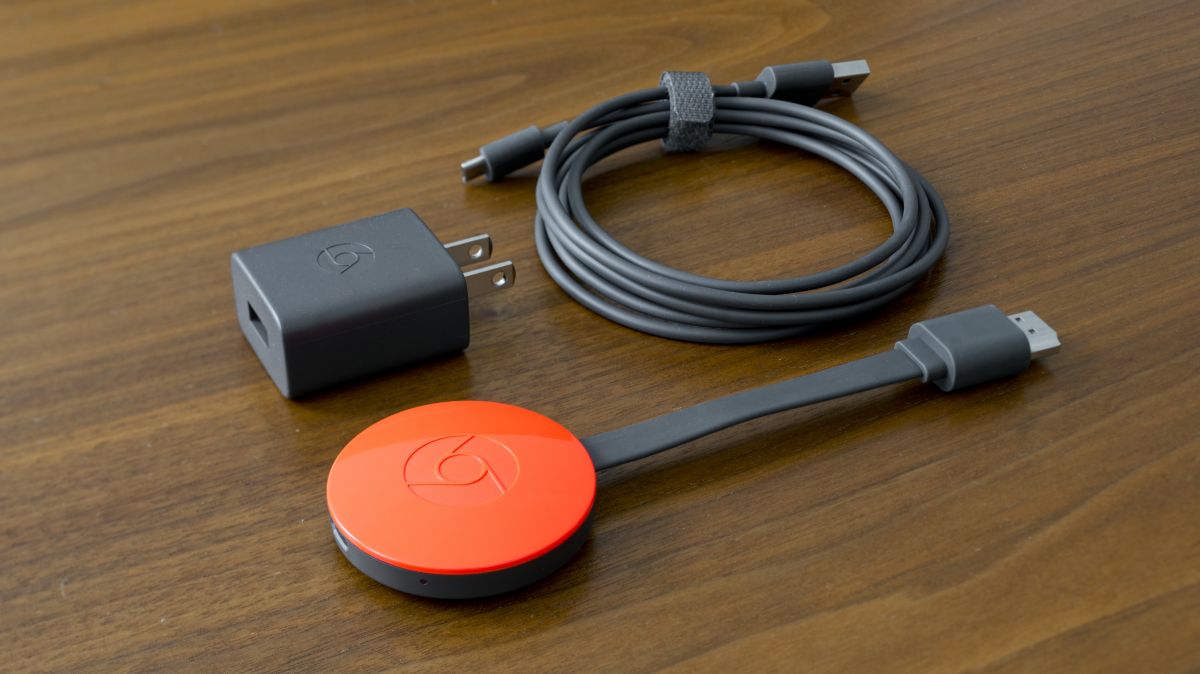
Chromecast: what is it?
The idea behind the Chromecast was to bring smart functionality to the series of “dumb” TVs that hit the market before smart TVs rose to popularity near the end of the last decade.
Like the original, the new Chromecast plugs directly into your TV’s HDMI port (make sure it has one of those before you buy it) and streams video from your mobile phone, tablet or PC.
Here’s the odd part: it doesn’t have a remote or a user-interface per se. Google’s little streamer will sit there like an electronic canine waiting for your other devices to tell it what to do.
But more impressive than any individual external detail or snippet of code is its price. The new Chromecast only costs $59, almost half the price of the Telstra TV. At roughly the cost of two Blu-rays, it’s tough to turn down.
Chromecast vs. the competition
The Chromecast’s calling card is the ability to sync with your mobile phone, tablet and PC. Few devices work as seamlessly with your electronics as Chromecast does, and any that do require you to be bought into a particular family of products.
Internationally, Chromecast is up against devices like the Amazon Fire Stick and Roku Streaming stick in a direct battle for streaming dongle supremacy. But here in Australia the market is a little tighter, and the competition comes more in the form of streaming boxes like the Telstra TV and new Apple TV.
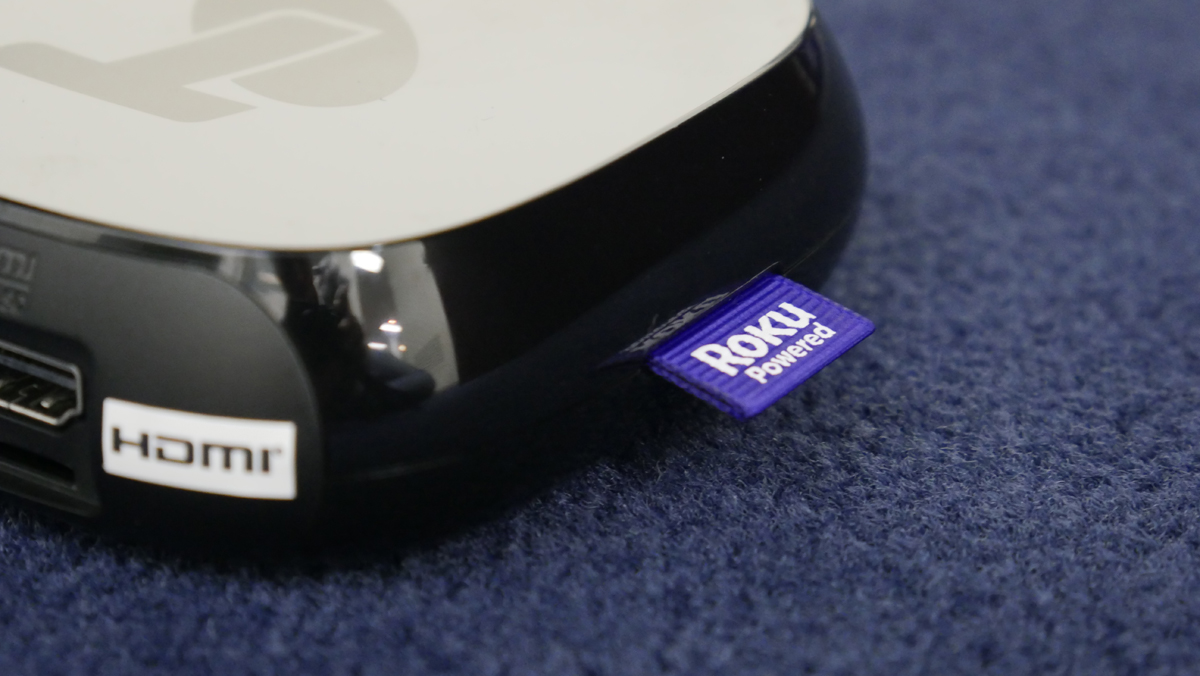
Chromecast vs Telstra TV: At just under half the price of Telstra’s streaming box, the Chromecast is definitely a more affordable option. Telstra TV’s major strength is its partnership with all of the Australian streaming and catch-up TV services, including Netflix, Stan and Presto.
Chromecast happily competes, with those streaming apps all offering Chromecast support. On the catchup front, ABC iview offers Chromecast streaming, but the likes of Tenplay and SBS On Demand are yet to join the party.
So if you like your streaming to come with plenty of catchup, Telstra is still the place to go. Everyone else should definitely consider the Chromecast.
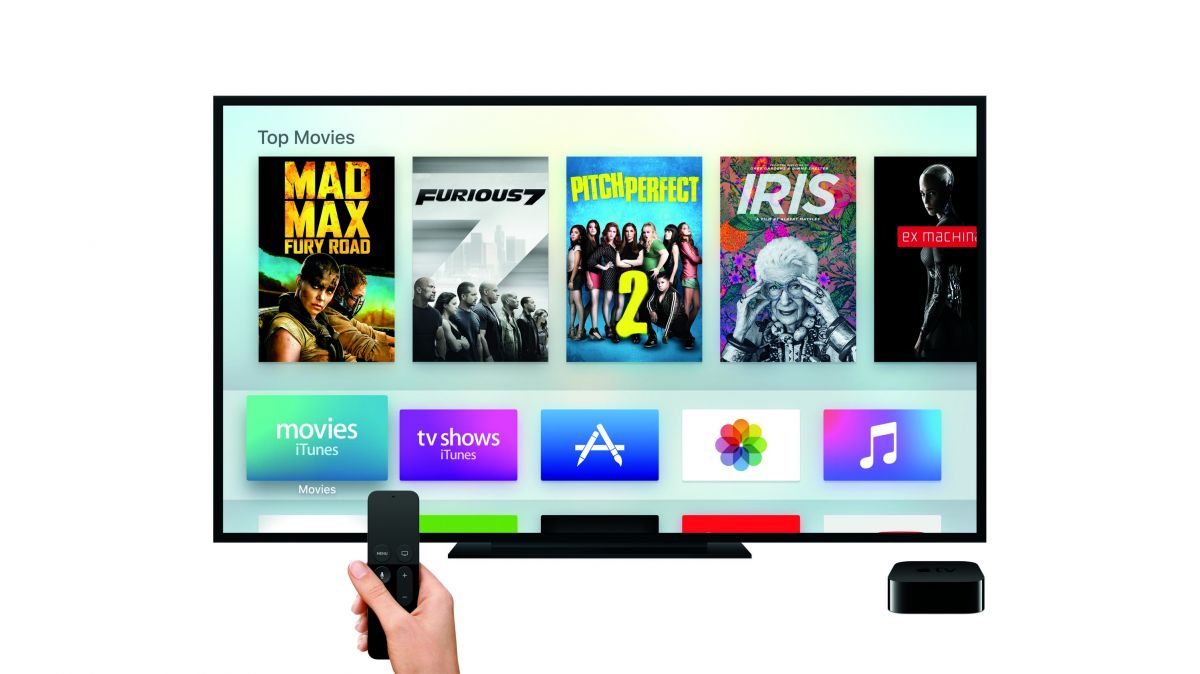
Chromecast vs. the new Apple TV: Apple TV favours its own ecosystem, at least in terms of hardware. On the software side of things, Apple opened up its app store to every developer for the first time in the history of its home entertainment device, making it a bit more well-rounded than the Chromecast. It also includes a new remote and an 802.11ac antenna, identical to the one found in the new Chromecast. That said, Apple TV costs a whopping $269 (for the 32GB version).
Design and interface
The new Chromecast is a relatively impressive feat of engineering. Antennas are wrapped along the exterior to maximise reception, while the inside packs enough basic circuitry to get things set up and running smoothly.
The shell is a big departure from the USB stick-style original, and it’s one that you might either love or hate, depending on where the Chromecast comes to rest in your media centre.
Design
One of the most impressive elements of the original Chromecast was just how inconspicuous the device was. You plugged it in, and it would work its magic, but most people would never know it was there.
The second gen device is just as inconspicuous. Well, it is so long as your HDMI ports are safely hidden away on the back of your TV. If you plug devices in on the side of the panel, the new Chromecast’s colour variations of Coral (Red) and Lemonade (Yellow) might not be as discreet as you might like, Chrome logo proudly emblazoned on top.
You do still need to plug the Chromecast into a power source – a microUSB slot is hidden on the opposite side of the HDMI cable – but as before you can simply connect a USB cable to the TV and get enough juice to power the streaming from there.
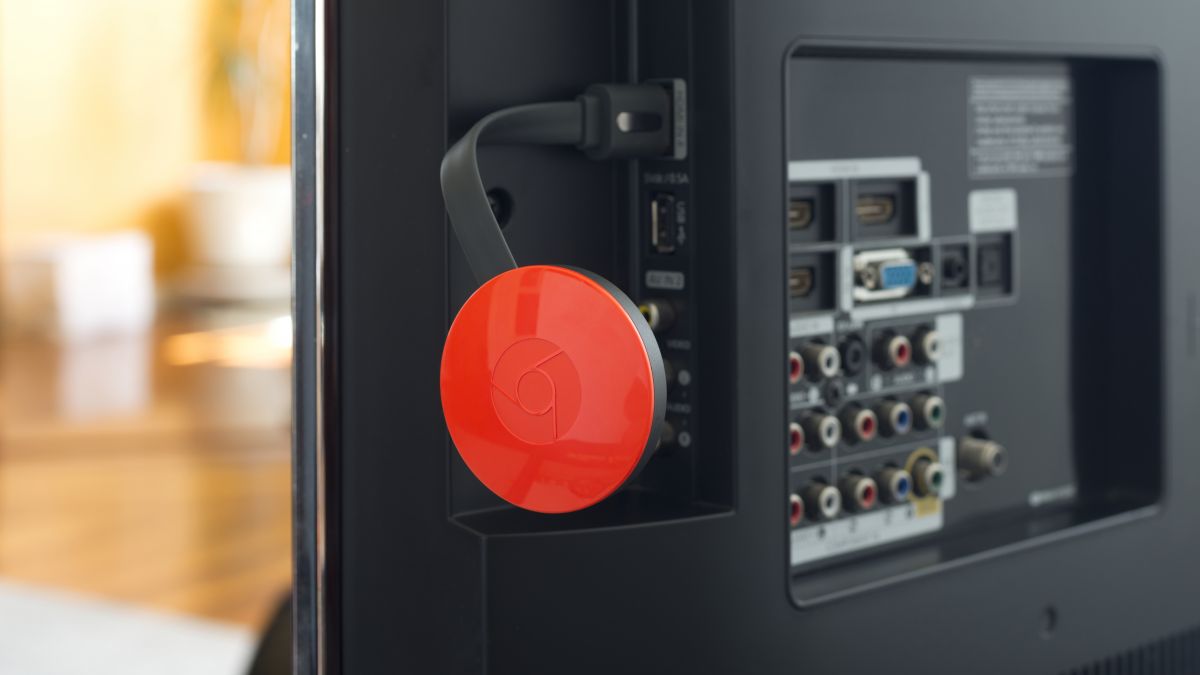
Now, let’s talk about the disc itself. It’s on the smaller side – at 2.04 x 2.04 x 0.53 inches (51.9 x 51.9 x 13.49mm), it definitely fits in the palm of your hand – and the switch from a plastic stick to a hanging disc is a practical one, essentially performing the same function as the extender Google sold with the first Chromecast.
But that means the Chromecast now dangles from the back of your TV instead of resting firmly in its port. It doesn’t impact performance, nor has it ever come loose during testing. But as mentioned before, it could definitely be a bit distracting for TVs with HDMI ports located on the side.
The last two important details on the design is the small reset button along the outer rim that corresponds to a status LED, and the magnetic back that allows the HDMI cable to stick for easy transportation. It’s a minor detail and you might not ever use it, but these are appreciated subtle nuances that won’t go unnoticed when you get one for yourself.

Interface
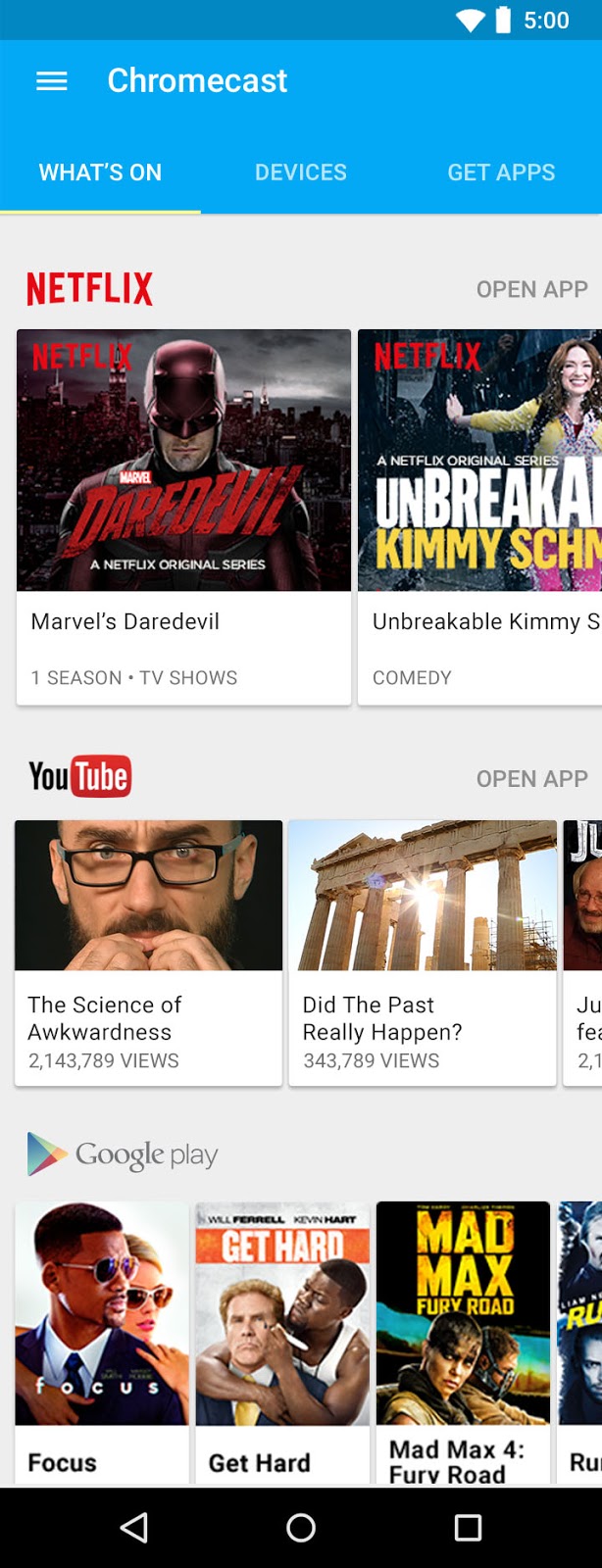
Once you plugged in the power, either via the TV’s USB port or direct to the mains using the included power plug, it’ll be time to run through the new Chromecast’s quick and easy setup process.
The process takes all of five minutes, most of which are spent actually downloading the Chromecast app from either the Google Play Store or iOS App Store. (Though, you can also use a PC or Mac by going to Google’s “Getting Started” homepage.)
You’ll be asked to connect the Chromecast to your home wireless network, and then you’ll be met with a settings screen that will let you to choose to enable Guest Mode and wallpapers.
When you’re not actively streaming something to the Chromecast, it will enter a screensaver mode that can display images from Google Photos, Facebook, Flickr, curated artwork, the weather and even headlines from top news sources.
Unlike the Telstra TV and Apple TV, there’s no central hub for apps. Chromecast is either taking content from your phone, tablet or PC, or simply displays pretty pictures until it’s told to do otherwise.

That said, the Google Chromecast app – discussed at length on the next page – serves as the main spot for checking out what content is available to stream and which apps you already have installed that work with your new streaming dongle.
Content and performance
In terms of both content and performance, the new Chromecast is better than its predecessor ever was. Plus, with new apps arriving every other month, the new-and-improved Chromecast app that helps with content discovery and the 802.11ac Wi-Fi antenna, Chromecast is smarter, faster and better than it’s ever been.
And while much has changed since the original release, one thing hasn’t: the Cast button.
The Cast button is the rectangle with broadcasting bars (it looks like the Wi-Fi symbol) in the corner of most apps. Anytime you want to take content from your phone or tablet and send it to the big screen, press the button and select your Chromecast from the dropdown list.
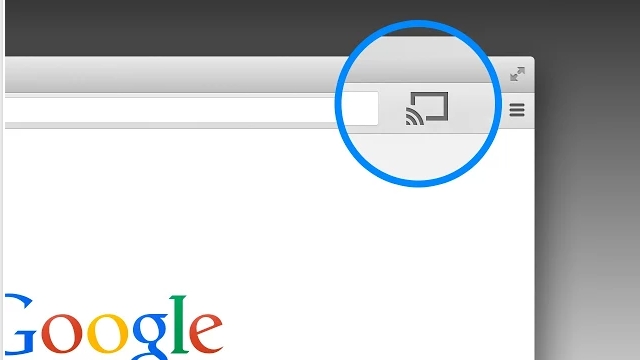
There are thousands of apps that come with the Cast button built in, from Netflix, Presto, Stan, YouTube and Spotify. But this is just the tip of the ever-expanding iceberg.
Content
The biggest point that needs to be made about content is that every app that works with the original Chromecast will work with the new Chromecast and vice versa. The Chromecast 2 can’t really do anything the first one can’t – it just does it faster.
However, that might not matter, as that means Chromecast inherits the vast wealth of apps that Google and third-party apps have built for the original. We’ve listed the main apps above, but there are plenty of lesser-known apps worthy of attention, too.
In particular, I like Plex, Infuse for iOS, Stan and AllCast, and I find more every week that scratch an itch that I didn’t even know I had. Honestly, I’m discovering apps all the time.)
The new app promises a universal search function that, like Roku or Android TV, allows you to either type in or say the name of a movie and TV show and Chromecast will pull up a list of every source for that content. This can ultimately save you money by showing you content on the services you already pay for in one fell swoop, instead of individually going into every app or accidentally dropping money on something you already paid for on another platform.
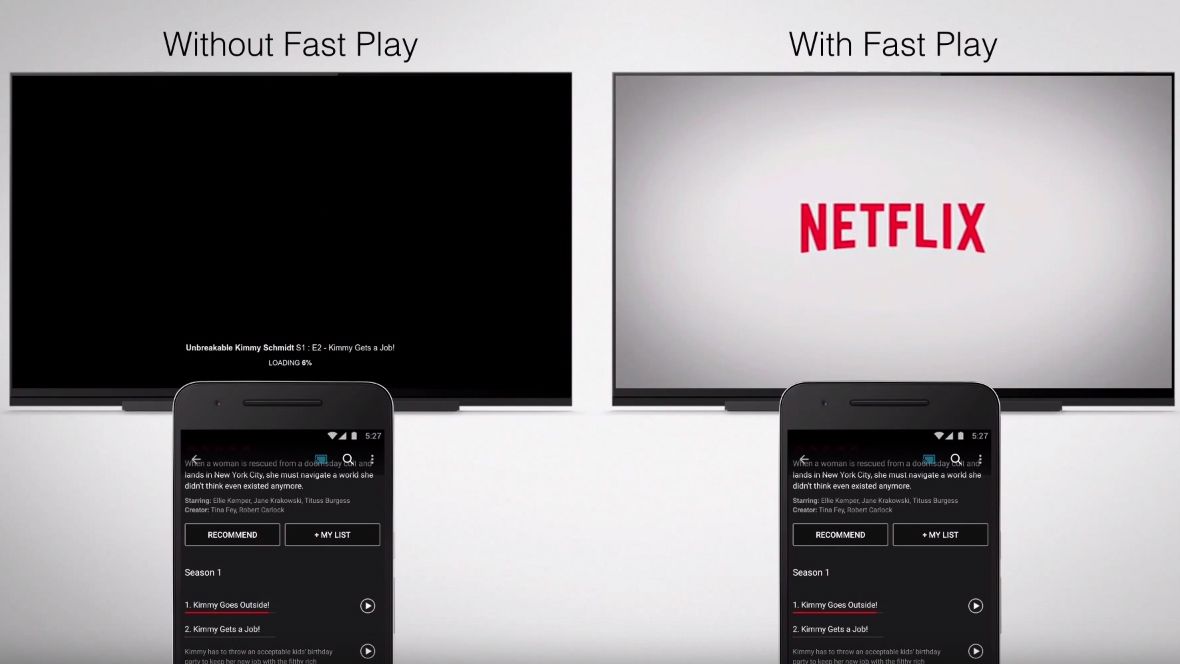
Also interesting is “fast play,” a sort of prediction algorithm in the Chromecast app that determines what you might watch next based on your previous choices. The feature then starts to pre-buffer the video before you start it, eliminating the loading time before each video.
Finally, guest mode is the other new, notable feature that will allow friends of friends and distant family connect to your device without being on your Wi-Fi network. They’ll need to be on Android and in the same room as the Chromecast, but fulfilling those two requirements will allow anyone to stream a funny video or great new song to your Chromecast without having to pester you for a password (and potentially compromise your super secure connection).

The other potential problem with Chromecast is that it hasn’t yet fully embraced gaming in the same way its competition has. While games like Angry Birds Go!, Driver Speedboat Paradise and Just Dance Now have rolled onto the Google Play store and offer an interesting experience, the overall effect is muted by the limited selection.
That will change over time, but for the moment the selection is still very limited.
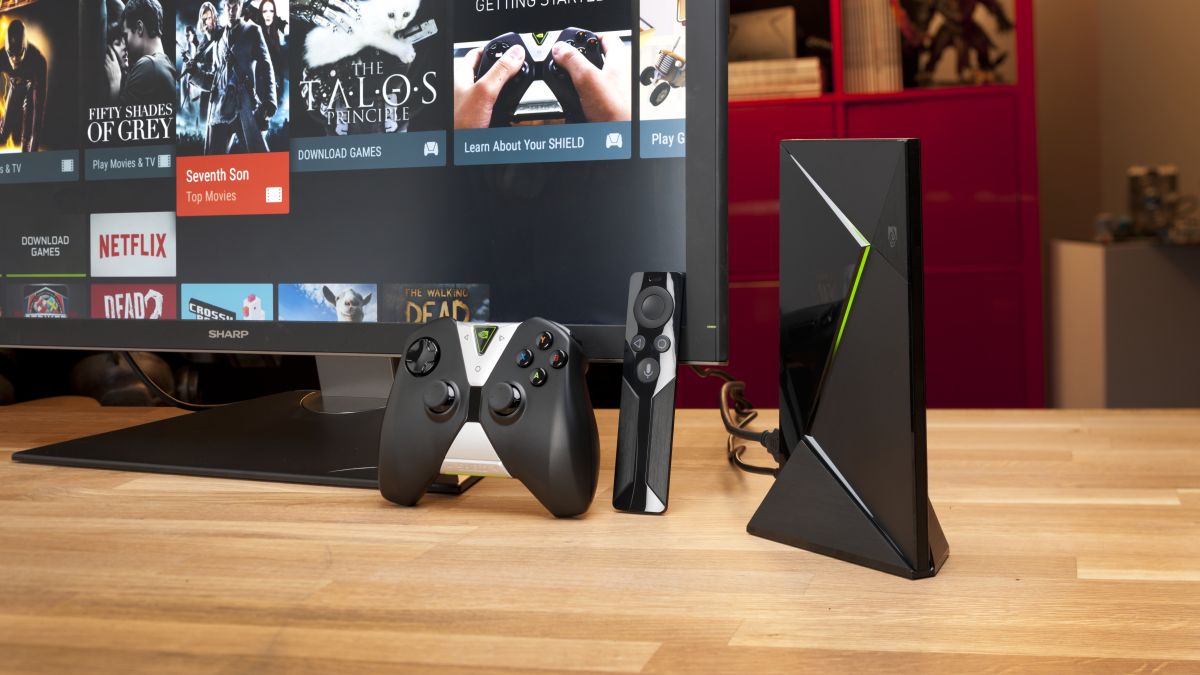
These are sore points, but ones we’re ultimately able to forgive, thanks to Google doing so much else right on the product.
For those inclined to wonder about video and audio codecs, the new Chromecast supports H.264 1080p, H.264 720 x 480, MPEG-4, VP8 video and AAC-LC, AC3, eAC3 (Dolby Digital Plus), FLAC, MP3, PCM/WAV, Vorbis audio files.
But the true beauty of the device is that it’s not limited strictly to your phone or tablet. Install Google Chrome on any PC or Mac, and you’ll be able to send any web page to the streaming dongle. Video quality using the Chrome browser on Netflix is better than average, and for the most part looks quite good minus the one or two times it needs to stop and buffer.
So how does the Chromecast perform in the living room? I’m glad you asked.
Performance
By and large, the performance is much better on the new Chromecast. Videos load faster and crash less while using apps like Netflix and YouTube, while songs switch with less dead air while using Pandora and Spotify.
“So,” you might ask, “is Chromecast loading the video (or song) off my phone? Is my phone basically stuck serving as a music or movie player while using the new Chromecast?”
The answer’s actually quite interesting. Chromecast essentially works as a proxy device. It understands where the stream is coming from and then uses its own internal antenna to take over streaming duties, freeing up your phone or tablet’s bandwidth to browse the web, serve up the next song or do some social networking without causing the stream to putter out.

But, despite some major improvements to the area, streaming still isn’t absolutely pristine. You’ll occasionally have to disconnect and reconnect to the device to jump start a laggy video and sometimes video can feel a bit behind the audio. Finally, there’s still a two- to three-second pause before videos while Chromecast works its magic to take the heavy lifting off your phone and onto the device.
Overall, the new Chromecast’s performance is notably snappier and, once connected, powers through videos with minimal buffering.
Verdict
The new Chromecast isn’t perfect. But it’s as close as it might ever be.
Major improvements, like the new 802.11ac internal Wi-Fi antenna, and an ever growing app catalogue, feel like they add a new level of depth to a deceivingly deep product.
It’s still the best way to sharpen up “dumb” TVs and by far and away is the cheapest way to get Netflix in your living room. Which, speaking of, this is still one of the best tech deals in town.
The main offender here is that streaming still isn’t 100% pristine, and, despite the new internal antenna, there’s nothing this Chromecast can do that the previous generation could not. And while the design is more pragmatic for A/V enthusiasts with hard-to-access TV cabinets, some might find the colourful circle on a cable slightly polarising.
We liked
I’ve said it once, and I’ll say it 100 times more, but the new wireless antenna is nothing short of astounding. It creates a near seamless streaming environment with less lag and less buffering time than almost anything – even full size set-top boxes – on the market.
And at an insanely low price point, it’s tough to pass up. Google did a great job pricing and positioning the Chromecast as the easiest and cheapest way to get apps like Netflix, YouTube, Spotify and Pandora into your living room without breaking the bank.
Finally, the new Chromecast app promises to add tonnes of new functionality, like universal search and fast play, improving the way you’ll find content and cutting the time it takes to get the stream started.
We disliked
The obvious downside is that the Chromecast doesn’t include a remote. It’s a tough fix, especially at this price point. But the option to use a good ol’ fashioned IR blaster would’ve been appreciated, even if it seems like overkill to the majority of tech-savvy streaming video fans. A few more apps, including more support for games, would be appreciated, too.
Final verdict
As much as I love the new Chromecast, it may not be worth replacing an existing old Chromecast if you already own one. That said, the new version is the most affordable choice for anyone who hasn’t bought into Google’s streaming platform yet.
Alternatively, you could also give yourself the excuse that you need to get a second one in the house, or have one in a bag for travel. After all, it packs up nicely in its new, smaller form factor. If you decide you can spare the small expense, you’ll not be disappointed for paying under 60 bucks for a streaming device of this quality.
Source: techradar.com











































